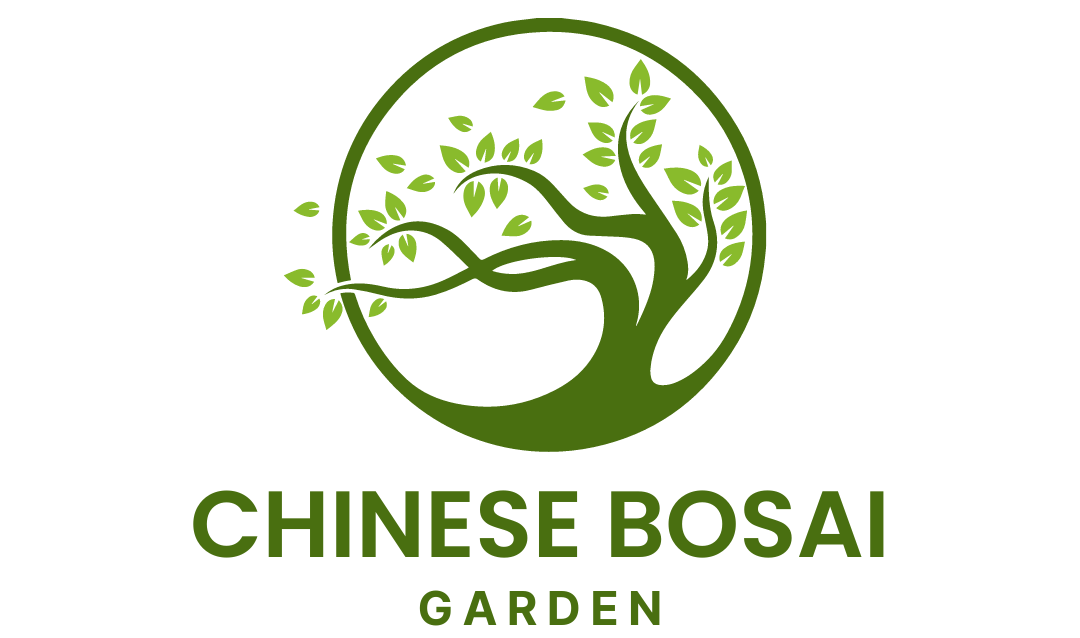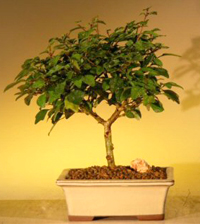
The Parrot’s Beak Bonsai Tree, scientific name Gmelina philippensis, is a tropical evergreen that is known for its exotic yellow flowers that resemble Parrot’s Beak, hence the common name Parrot’s Beak Bonsai.
If grown outdoors, it needs to be protected from temperatures below 40F. This is an extraordinary and rare plant that is perfect for growing indoors.
Additional Information
Family: Verbenaceae
Scientific name: Gmelina philippensis or Gmelina hystrix.
Common Names: Hedgehog, Parrot’s Beak, Ching-chai, Alipung.
Origin: It is native to the Philippine islands, India, and S.E. Asia.
Appearance: It is a round spiny shrub with pendant branches and ovate, slightly lobed, glossy leaves. With age, the trunk will develop interesting bark.
Flowering: It produces exotic yellow flowers from late spring till early fall. Flowers emerge from a pendant structure that is formed like a chain with overlapping bracts.
The flower resembles a parrot’s beak, hence one of the common names Parrot’s Beak Bonsai. Flowers are followed by pear-shaped, yellow, fleshy fruit with 1 seed inside. In the Philippines is used against eczema, coughs, and limatik leeches.
Outdoor/Indoor Use: Both. You can grow it outdoors if you live in a tropical climate.
Light Requirements: Full sun to partial sun.
Water Requirements: Needs regular watering. Like all tropical plants, it will enjoy occasional misting.
Hardiness: Grows best in the USDA Zones 9-11. Needs to be protected from temperatures below 40F.
Propagation: By seed and cuttings.
Buy Parrot’s Beak Bonsai (Medium) – $59.95
Buy Parrot’s Beak Bonsai (Large) – $74.95
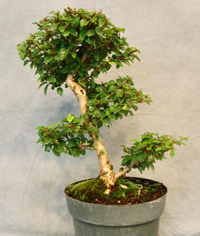 | 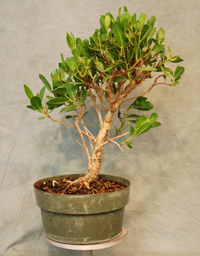 |
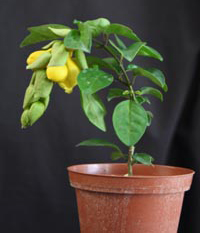 | 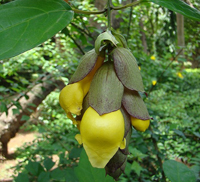 |
